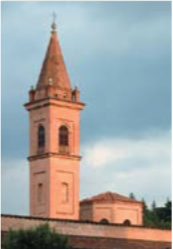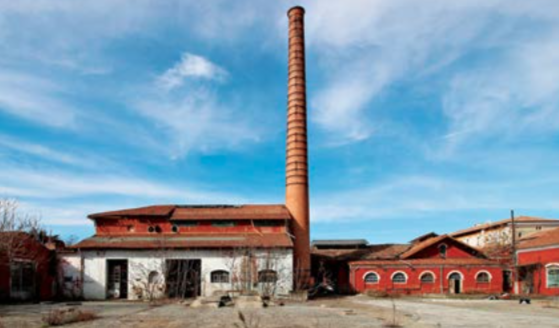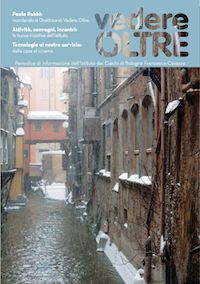
One of the places in Bologna, keeper of stories that intertwine through the centuries, is known to everyone in the city as Staveco, 90-thousand square metres of buildings and pathways rich with a great past. Located between the walls of Porta Castiglione and those of Porta San Mamolo, the area was destined for military use in 1796, when the French army seized the land, in part a private property and in part the nearby Convent of the Annunciation. After 1848, with the advent of the First War of Independence, it was decided to add the military arsenal to the hospital and the barracks, a point of connection with the barracks scattered throughout the city and with the nearby post checkpoint on the Osservanza Hill.
Thus began the transformation of the place into a true military citadel. The historical moment is turbulent, and it is therefore necessary to maintain a military presence in defence and custodianship of the city which is increasingly expanding. In 1866, after the proclamation of the Kingdom of Italy, the Convent of the Annunciation was definitively closed, and the military vocation of the place was strengthened, which in 1880 led to the implementation of a pyrotechnical laboratory.
At the beginning of the 1900s, about 1,100 people worked there, during the First World War, becoming 12,000 in the munitions factory and more than 6,000 in the arsenal depot. With the end of the conflict, people began to study how the facilities could be used. Proposals ranged from making it the offices for the Faculty of Engineering and Industrial Chemistry to the creation of a residential district. Everything remains as is until the second post-war period which brought the military priority to the forefront, so much so that the factory is converted into an armoured vehicle repair workshop.

Although the industrial scenario sees the presence of other private facilities, the facilities continue to represent an important reality for the city's economy and, in 1978, it became STA.VE.CO (Stabilimento Veicoli da Combattimento [combat vehicle facility]) a name that has remained in common use until today. In fact, the facilities closed definitively in 2003 and was named over time STA.VE.TRA (Stabilimento Veicoli da Trasporto [transport vehicle facility]) and STAMOTO (Stabilimento Materiali per la Motorizzazione [materials for motorization facility), but for the city those industrial buildings abandoned for years remain the Staveco. There has been talk for years about redeveloping the area, replacing the military by students as part of a new academic centre project, which did not see the day, and a recent idea consisted in having there judicial authorities. Meanwhile, however, the beautiful premises remain a witness to a glorious past and a future that remains to be built.





.png)